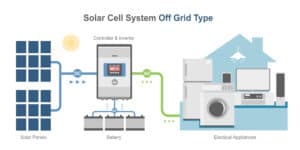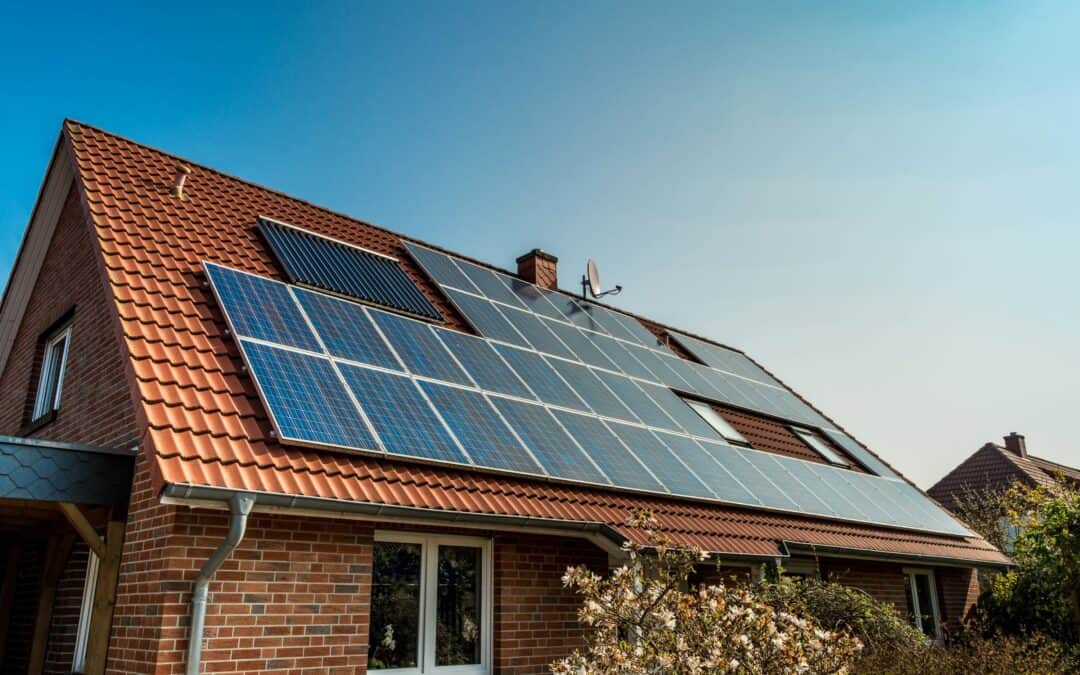Are you in search of an off-grid power supply? It might be the case if you experience frequent blackouts or want an alternative power source for convenience. What off-grid systems are available?
The most common option is the solar power system. It harnesses energy from the sun to be converted into electricity, and any surplus is stored.
If you don’t know where to start with building your own off-grid system, below is a guide to help you.
Calculate Your Electricity Needs
An off grid solar power system needs to meet your needs.
First, identify the appliances you need solar energy for. Next, look at the wattage of each of these appliances. This information is found on the appliance’s manual or the back of the appliance. Alternatively, call the manufacturers and get this information.
Add all the wattage of the appliances, and multiply by 1.5. The figure you get is the minimum supply that solar power should be able to provide.
Suppose you want to power the entire house. Check your energy bills to get this information.
Ultimately, identifying your energy needs allows you to plan for the process accordingly to meet your needs.
Gather The Materials You Need
Gathering the materials you need for the project ensures the installation goes smoothly and without delays.
An off-grid solar power system includes solar panels, batteries, a charge controller, and an inverter. The panels will absorb sunlight, and the batteries will store surplus energy, with the controller regulating voltage and current from the solar panels. In contrast, the inverter converts direct current (DC) to alternating current (AC).
Be sure to get each of these while considering your electricity needs. You might have to buy several panels and batteries.
You will also need a ladder, wiring, adhesive, screws, and the multicontact (MC) 4 connector.
Ensure you obtain all these materials from reputable dealers. Doing so will assure you of quality and longevity with your solar power system.

Plan The Layout
An off-grid power system will only be efficient if built and installed correctly. All the wiring and positioning should be correct. Building and installing the system without proper planning might bring about errors.
The connection should go from the solar panels to the batteries, the charge controller, and finally, the inverter.
The planning process also entails figuring out how you’ll position the solar panels, whether on the ground or the roof. It’s best to find ideal spots where the panels will absorb as much sunlight as possible.
With a layout, building and installing can be a fast and error-free process.
Mount The Panels
With the layout ready, it’s time to put your plan into action: mount the panels.
You only need to position and secure the panels according to plan. When it comes to positioning, place the panels while tilted. Ensure they face the sun’s direction. It’s advisable to place the panels facing the northern hemisphere if you live in the southern hemisphere. The reverse applies if you live in the southern hemisphere.
Also, ensure no item blocks the sun rays from reaching the panels. If there are overhanging tree branches, cut them or find another area free of distractions.
Regarding securing, you can use screws or adhesive. Screws come in handy if the solar panels have mounting brackets.
Do The Wiring
There must be a connection between the solar panels and the other components. This is where the wiring comes to play.
Connect the negative terminals of the charge controller and the battery. Do the same with the positive ones. Next, connect the controller to the solar panels using the MC4 connector. As you do this, ensure the panels are covered and not facing the sun during the wiring. It might get charged and then electrocute you in the process.
Even as you adopt this wiring process, it’s important to follow the instructions in the manufacturer’s manual. Solar systems might differ, needing different wiring connections.
With the wiring in place, you’re good to go; you can now use your solar power system.
Points To Note
- Always ensure your roof is in good condition before installing the solar power system. Roof repairs might require dismantling your system, taking you back to square one. It also adds to your expenses.
- Ensure your roof is strong to hold your solar panels. Work with a roofing contractor to determine your roof’s structural integrity.
- Place the battery, charge controller, and inverter off the ground while setting up.
Conclusion
An off-grid solar power system is a great addition to any home, especially if you experience frequent blackouts. The discussion above details a DIY building process. If you plan to install a solar power system in your home, use the insight herein as a guide.

Recent Comments